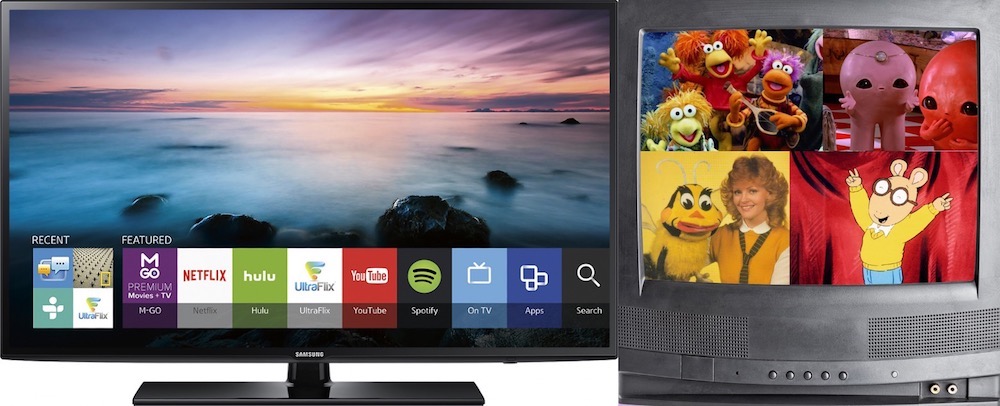Despite many recent changes, the streaming business model is still not working. Therefore, it’s time to move streaming closer to the linear model.
In VideoAge‘s June/July 2024 Issue, we will explain how, over the past several years, the streaming business model has changed, from binge to weekly releases, from ad-free to advertising-based programming, from exclusive to bundling. But it is becoming clear that the DTC business model still needs to be redefined because it rests on four pillars that are not fully grounded: the finicky and unstable subscription model in the case of streaming (plus the fact that it’s still unclear whether a monthly or yearly subscription model should be used to reduce churn), the risky vertical integration used by DTC operators, the unequal supply and demand, and the reliance on data.
The elimination of binge-viewing for original content contributed to so-called “viewer fatigue” which resulted from the difficulties in finding new suitable shows to watch each day. The data used for the streamers’ home screens to highlight a given user’s viewing patterns are not helpful since viewers often fail to select their ideal shows because of the difficulties in finding them. Instead, they settle for the least objectionable new show, until, after one or two episodes, they simply turn the TV off because said show turns out to be unwatchable.
The suggested streaming business model would replicate linear TV programming, meaning that the day-part would have a schedule: Morning, afternoon, access time, primetime, and late night.
Naturally, viewers could always switch to individual show binge-viewing if they find a particular show to be appealing. No more viewer fatigue trying to find shows to their liking. Viewers would be watching TV like they’d watch traditional networks, and switching channels (in our case, switch platforms) according to their favorite show’s schedule.


Leave A Comment